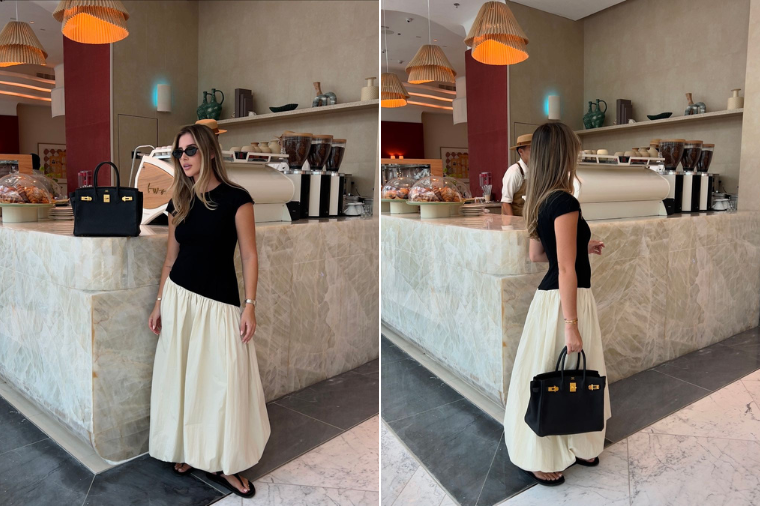As production of Japan's traditional craftworks goes into decline due to diminishing spending power in their home market, moves are under way to lure foreign buyers by sparking a renewed interest in Japanese art and design such as the one that swept 19th-century Western Europe. The efforts to create a new wave of "Japonisme" -- a French term that was used to describe the popularity of Japanese art among European elites in the wake of the forced reopening of Japan in the 1850s -- reflect a strong sense of alarm about the future of some of Japan's oldest, most beloved but dying craft traditions. This spring, Bizen ware pottery from Okayama Prefecture, western Japan, was displayed at international design exhibitions in Italy and France, with support from the Mission of Japan to the European Union.
"I was very nervous when I showed my works but I gained confidence when they were praised for being so good," said Bizen ware potter Taiga Mori, 50, after returning to Japan from Milan in northern Italy, where he displayed his pieces at Fuorisalone, a design exhibition, and a local art gallery in April. A photograph of Mori's exhibits caught the eye of a Belgian art gallery dealer who placed an order for some of his work. "I plan to gain more experience by continuing transactions with overseas galleries," Mori said.
The city of Bizen is one of Japan's six traditional centers of pottery. The five others are Echizen, Seto, Tokoname, Shigaraki and Tamba. With a unique manufacturing proces.


















